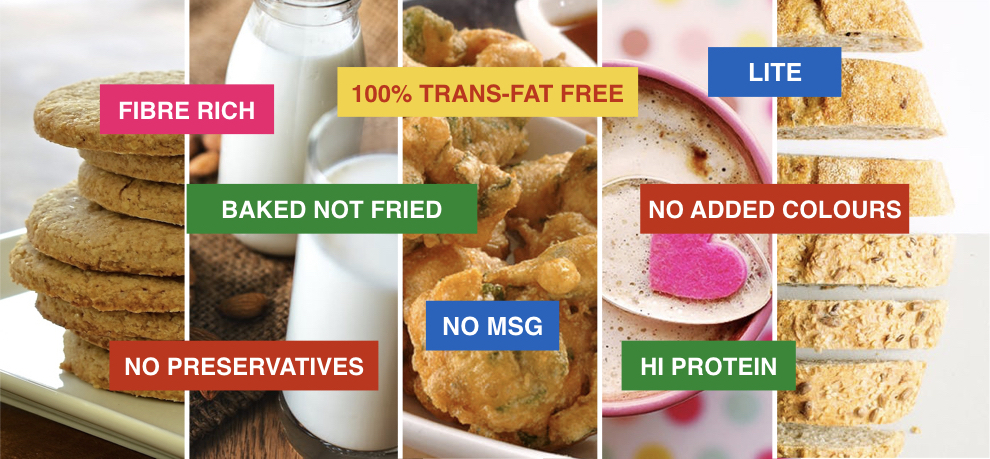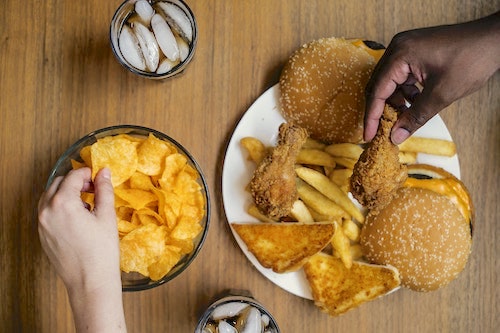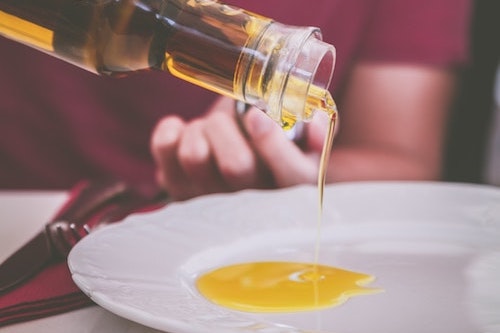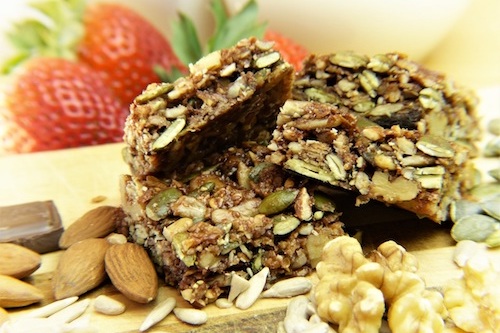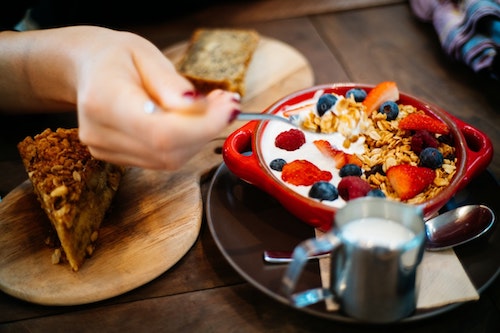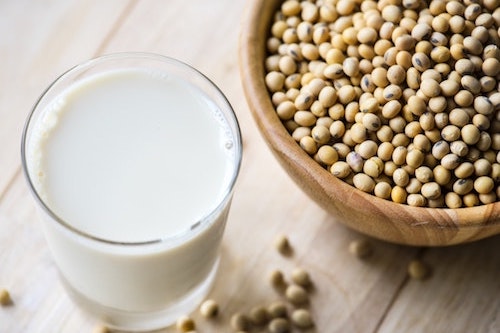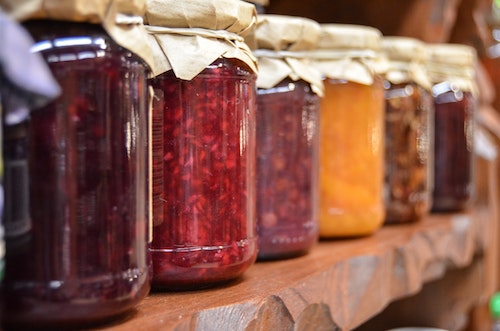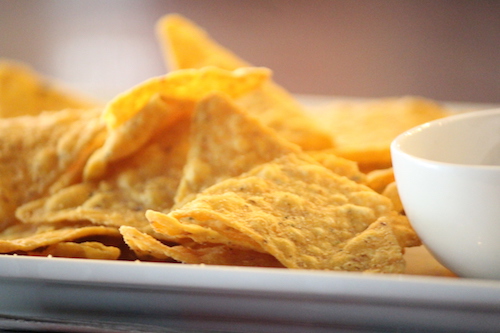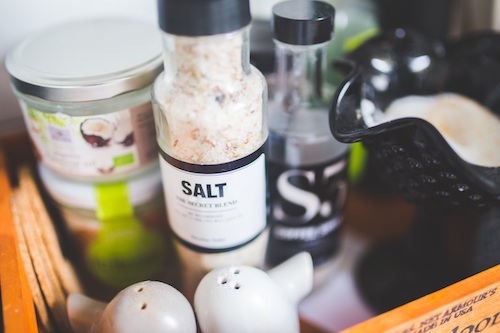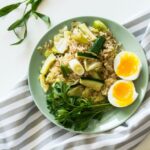Let’s decode the nutrition claims made by some of the most popular food brands in the market.
Nutrition Claims …. Does that ring a bell? You find them on food packaging and labels.
No … Think Again …
Day in, day out, we get bombarded with advertisements of food products talking about being healthy, with …
No Trans Fat
No Added Preservatives
No MSG
Not Fried but Baked etc etc…
These are the Nutrition Claims that entice the health conscious consumer into buying more and more of the food product.
According to FSSAI, India’s autonomous body for Food safety and regulations, a Nutrition claim means any representation which states, suggests or implies that a food has particular nutritional properties including but not limited to the energy value and to the content of proteins, fats, carbohydrates, minerals, vitamins and other permitted listed nutrients.
Let’s have a look at the 12 most popular nutrition claims that we get to see on packaged foods and find if they are worth their salt !!
1. No Trans-fat/ Trans-fat Free
Naturally, Transfat occurs in small quantities in meat, dairy products and some edible oils but is found excessively in processed foods like biscuits, cakes, cookies, candies, fried foods etc. In body, it increases the bad cholesterol and decreases good cholesterol levels thereby, leading to a risk of heart disease.
A food product claiming that it’s Trans fat free doesn’t necessarily mean that it’s healthy for consumption. A trans fat free food might still have high levels of saturated fats, sodium, sugar etc. Also, one needs to watch out for a mention of ‘Partially hydrogenated Oils’ in the labels which still mean trans-fats. So, a label check is important despite the positive looking claims on the packaging.
2. Low Fat and Fat Free
Many packaged foods like milk, butter, cookies come packaged with claims that say Low Fat and Fat Free. As per the regulation, it’s a low fat food, if
- a serving of 100 gms of a solid food gives you 3gms of fat OR
- a serving of 100 mls of a liquid food gives you 1.5gms of fat.
And a Fat free food must not give you more than .5 gms of fat per 100 gms (solid) or 100 ml (liquid).
Now, a food that says it has less fat would be a healthier option for you, might not be true. Studies have shown that healthy eating requires portion control and when it comes to foods that make such claims, people end up eating them more than they would have eaten their full fat versions. Thus, taking in more amounts of the unhealthy fats.
Secondly, it has also been found that the loss in taste and flavour due to a reduction in fat content is compensated by adding refined carbohydrates or sugars or sodium or artificial flavours and thickeners that cause more harm to the body than doing anything good.
3. Lite or Light
Dairy products, biscuits, salt, nutritional supplements etc have their ‘Lite’ versions available off the shelves in the shopping marts. One needs to understand here that the term Lite might just not be an indicator of lower fat content but it might also mean that the product contains a lesser amount of sugar or sodium or has a lighter colour and texture.
By global standards, a Lite/ Light product has 25% to 30% less calories in comparison of the regular product.
4. Low Cholesterol and Cholesterol Free
Cholesterol shouldn’t be confused with fat. Any packaged food product with low to zero cholesterol may still have a good quantity of fat.
Our body itself produces sufficient amounts of cholesterol so, it doesn’t require it from any external source. As per the guidelines, a Low Cholesterol claim suffices, if
- a serving of a 100 gms of solid food product, gives 20 mg cholesterol and 1.5 gms of saturated fat OR
- a serving of 100 ml of a liquid food gives 10 mg cholesterol and .75 gas of saturated fat
Similarly, a Cholesterol Free claim suffices, if
- a serving of a 100 gms of solid food product, gives 1.5 mg cholesterol and 1.5 gms of saturated fat OR
- a serving of 100 ml of a liquid food product gives 1.5 mg cholesterol and .75 gas of saturated fat
5. Sugar Free
Sugar Free claims on packaged food products are quite common. However, the reality is not. Most food products that claim to be sugar free are manufactured using artificial sweeteners like aspartame, saccharin, Sucralose, acesulfame potassium, polydextrose etc which are many times sweeter than regular sugar. Also, these food products are rich in calories and refined carbohydrates that are definitely not health promoting.
The regulations limit the amount of sugar at .5gm per serving of 100 gms or 100ml for Sugar Free products.
6. Fibre Rich
Biscuits, Breads, confectionery items, noodles etc often boast of being rich in fibre. They do have a percentage of fibre rich flour but they also have refined flour/ carbohydrates, fats and artificial flavours.
Another factor that many of us are not aware of is that food product manufacturers use artificial fibres as well like polydextrose, inulin, maltodextrin which don’t actually serve the purpose a fibre rich food is expected to serve.
So, selecting a food product merely by a claim on the packaging is not wise. It’s important to go through the nutrition label as well. For a food product to be fibre rich, it must have at least 6 gms of fibre per serving.
7. High Protein
It’s important to understand that a higher percentage of protein in a food product might not necessarily make it a healthier consumption option. To increase the protein content, packaged food manufacturers add whey, soy, rice and pea protein powders to their recipes. As said earlier, the key lies in looking at the amount of nutrients available per serving.
If a food packaging shows a protein rich or high protein claim then this means that At least 20% of the energy value of the food is provided by protein.
8. No MSG
Mono Sodium Glutamate is an artificial flavouring added to various packaged foods. Time and again, it has been linked to fatigue, numbness, brain damage and nervous disorders. So, it’s best avoided.
The catch here is that many ingredients that are used in preparing packaged food products contain naturally occurring Glutamate which is considered fine for consumption.
9. No Preservatives
Preservatives help to keep the food fresh and tasting well. Traditionally, we have seen our mothers, grandmothers using sugar, salt, vinegar and oils as preservatives in their recipes. Well, natural preservation is fine but artificial preservatives have been found to be the potential causes of tumours, heart related diseases and hyperactivity, especially in children.
Like Glutamate, preservatives can still be present in the packaged food product despite the claim. Products using cultured or fermented skimmed milk, cultured whey, cultured dextrose etc can be manipulated such that the final product would still have preservative compounds.
10. No Colours
Food colourings have long been a part of the packaged food industry. Candies, Jams, jellies, aerated drinks, cakes, pastries, ice creams etc – all use food colourings. How harmful are these colourings, is quite a controversial topic. However, there have been studies that have shown their relation with cancers, allergies and hyperactivity in children.
The best way to check for the authenticity of the claim is to check the ingredient list and see if it mentions Blue2, Green3, Red40, Yellow6 etc.
11. Baked not Fried
Baking is definitely far healthier than frying. But as we have mentioned above, it gets important to have a look at the entire ingredient list and the nutrition label to make a final decision. It is quite possible that the food might contain refined sugars, carbohydrates and salts which again are not healthy for the body.
12. Fortified Food
Fortification is a process in which those nutrients are added to the foods that they never had before like Salt with iodine and milk with vitamin D.
These foods have proven to be good as long as they are taken for a certain deficiency. But too much of these foods, if one is nutrient efficient, can cause a nutrient overdose in the body. Also, the added nutrients are artificial, hence, our bodies process them differently in comparison of naturally occurring nutrients in whole foods. Hence, fortified foods should be avoided and natural whole foods should be given preference to avoid problems related to digestion, kidney, liver or allergies, nausea etc.
It’s important to understand that all nutrition claims made on the food packagings aren’t true. Some are marketing tactics while others are there to satisfy the regulatory framework. Being a little mindful, controlling servings and checking the labels while purchasing these foods can help.
References:

